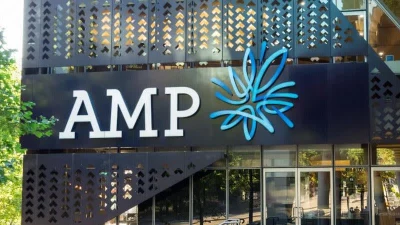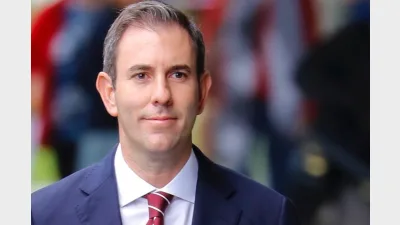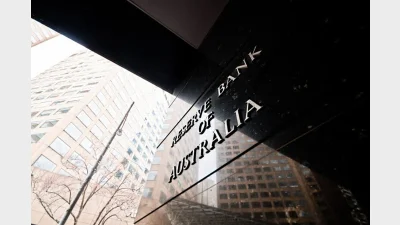Early release re-contributions to super excluded from NCC



Individuals who withdrew money from their superannuation under the early release of scheme can now re-contribute it without it counting towards their non-concessional contribution cap (NCC).
According to the Australian Taxation Office (ATO), contributions could be made between 1 July, 2021 and 30 June, 2030.
“COVID-19 re-contribution amounts are not a new type of contribution. They are a personal contribution that we will exclude from an individual’s non-concessional contribution cap.
“Individuals can make COVID-19 re-contribution amounts to any fund of their choice where the fund rules allow.”
The ATO confirmed that the money did not need to be invested in the same super fund that it was withdrawn from and multiple re-contributions could be made.
However, if they were found to be ineligble, this could mean they exceeded the NCC.
"COVID-19 re-contribution amounts are reported as personal contributions. If the member is found to be ineligible it may result in that member exceeding their non-concessional contributions cap."
Up to $20,000 per individual was able to be withdrawn under the scheme and this was the maximum that could be re-contributed.
Recommended for you
Super trustees need to be prepared for the potential that the AI rise could cause billions of assets to shift in superannuation, according to an academic from the University of Technology Sydney.
AMP’s superannuation business has returned to outflows in the third quarter of 2025 after reporting its first positive cash flow since 2017 last quarter.
The major changes to the proposed $3 million super tax legislation have been welcomed across the superannuation industry.
In holding the cash rate steady in September, the RBA has judged that policy remains restrictive even as housing and credit growth gather pace.










